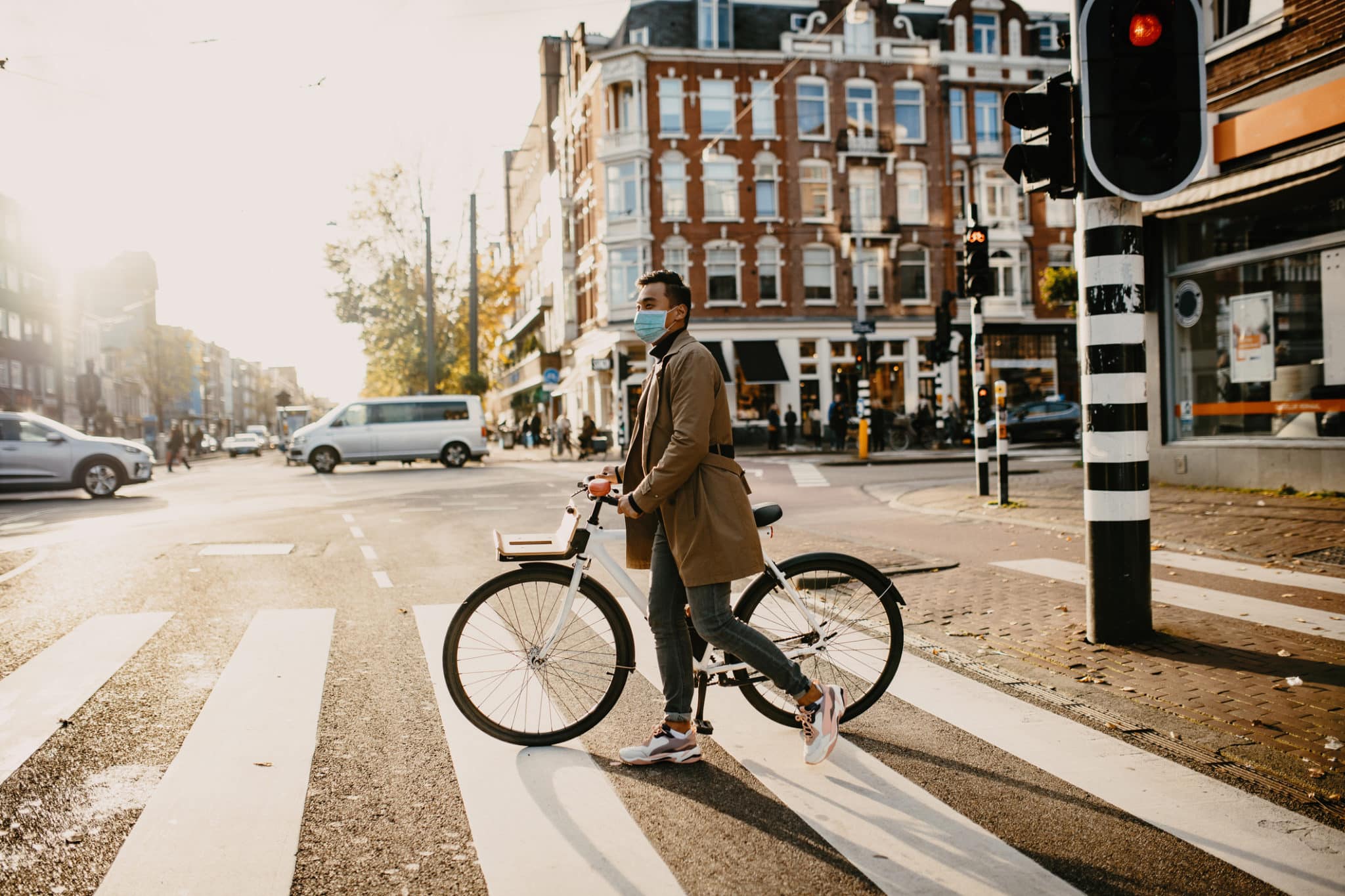
The warming weather, combined with lingering pandemic restrictions on public activities, has increased Canadians’ interest in conquering the road on their bicycles. In fact, 2021 has ushered in the golden age of the bicycle: globally the pandemic has spurred a bicycle buying frenzy, limiting the supply of two-wheelers worldwide. It is estimated that since the pandemic started, there has been a 200%-300% increase in the demand for bicycles. Canadian bicycle shops are not immune from this global surge in demand, and many sellers across the country have been forced to tell customers they are out of inventory.
While supply shortages are a challenge, it also has never been a better time to be a cyclist in Toronto: last year, ActiveTO cycling projects combined with the City’s existing cycling network created the biggest single-year increase in new bikeways in the City of Toronto. With municipal administrators planning to expand the ActiveTO program in 2021, one thing is clear: this summer is likely to be a record-breaking year for the number of bicycles on the road.
Whether the goal is spending some time outside to exercise, or simply to avoid the dangers of coronavirus on public transit, cycling is the cure many are seeking. But with an increase in ridership, the roads will be crowded with cyclists both experienced and not. Here are five of the best ways cyclists and vehicle drivers can help to make the road safer this season:
Three tips for cyclists:
1. Wear your helmet – It’s your best defence
In the majority of bicyclist deaths, the most serious injuries are to the head, which highlights the importance of wearing a bicycle helmet. Wearing a helmet reduces the odds of a severe traumatic brain injury by 51%, reduces the odds of facial fractures by 31%, and reduces the odds of mortality by 44%.
2. Be appealing in motion! Use lights and bright clothing
Many drivers often say, “I didn’t see them” after a collision with a cyclist. One of the easiest ways to prevent this type of accident is to make your presence on the road known by wearing bright clothing or using LED bike lights.
Studies have found that drivers recognize fluorescent colors faster and more consistently than standard colors. Unsurprisingly, most cycling injuries and deaths occur between 4 pm and 8 pm — during rush hour and as the sun sets. Studies also suggest that many cyclists tend to overestimate their own visibility on the road, in both daytime and nighttime conditions.
3. Plan your route
They say there is no offence like a good defence. Statistics Canada cites that regions where cycling is more prevalent tend to have lower rates of bicycle-related collisions and fatalities. Toronto has an extensive network of bicycle paths and separated bike lanes. Whenever possible, try to plan a route that maximizes your use of these paths.
Two tips for drivers:
4. Watch where you pass
Drivers in Ontario must maintain at least a one metre distance when passing cyclists. The rule applies even if the driver is attempting to pass a cyclist when stopped at a traffic light. Vehicle drivers who fail to obey the one-metre passing rule can face a penalty of $110 and two demerit points.
5. Look before opening your doors
Hold your doors, people! Those who are guilty of “dooring” – opening the door of a parked vehicle into the path of a cyclist – now face a minimum fine of $365 and three demerit points upon conviction. Looking in your side-view mirror before opening a door is a simple way to prevent a potentially serious accident.
Both cyclists and drivers are responsible for safety on the road. By following these simple safety tips, more people will be able to enjoy the pleasures of cycling in Toronto and ensure that 2021 is indeed a new golden age of the bike.
At Howie, Sacks & Henry we represent many cycling accident victims and their families. If you or a loved one have been the victim of an accident or injury while cycling, please contact us to learn how we can help.





